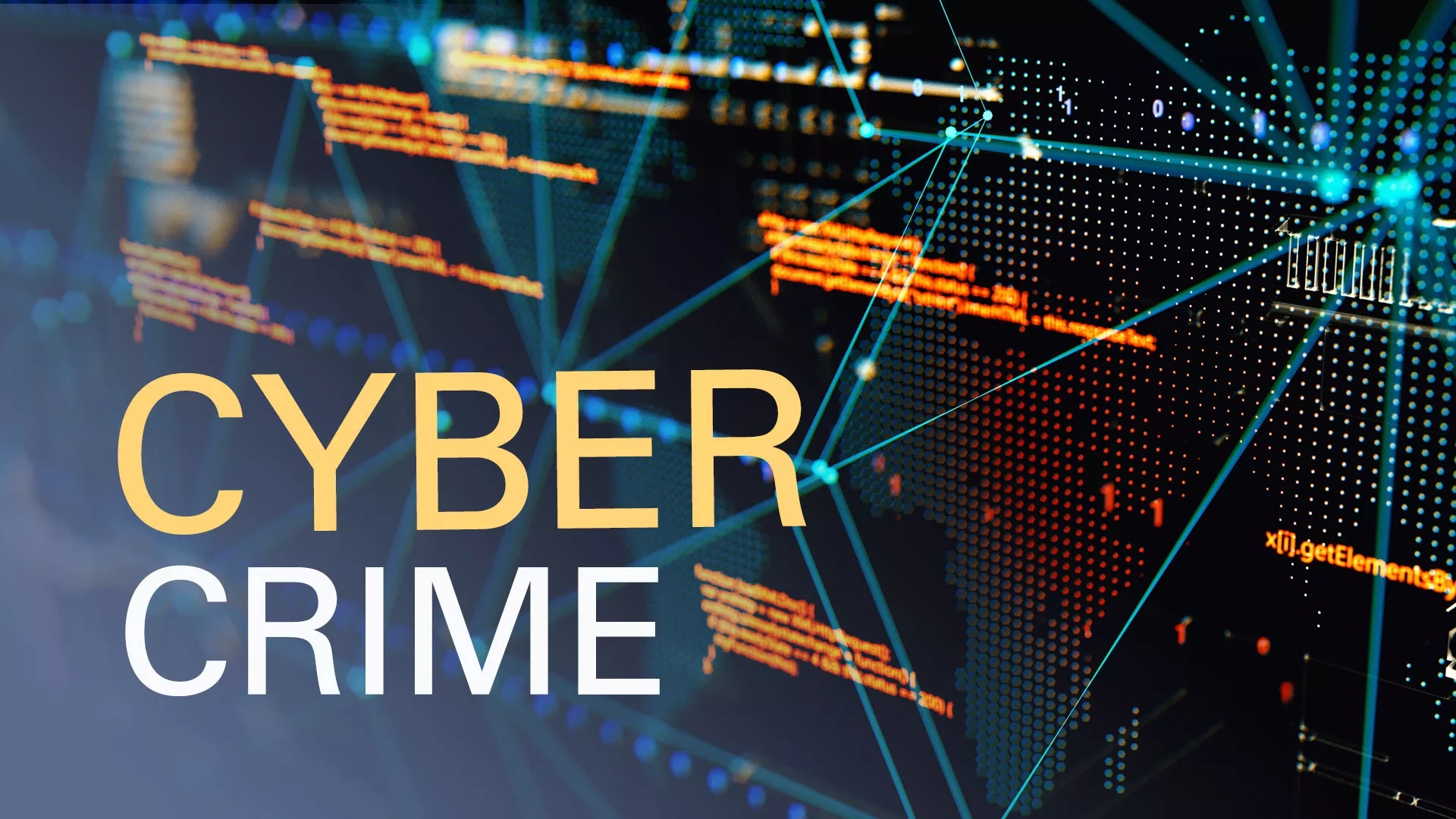Cybercrime: A Shadow Over the Digital Age
The internet has revolutionized our lives, but it has also introduced a new breed of criminal: the cybercriminal. Cybercrime refers to criminal activities carried out using digital technologies like computers, mobile devices, and the internet. These crimes can have a devastating impact on individuals, businesses, and society as a whole.
The Many Forms of Cybercrime:
Cybercrime encompasses a wide range of activities, including:
- Financial Crimes: Stealing financial information like credit card details or bank account numbers for illegal gain.
- Identity Theft: Assuming another person’s identity to access their resources or commit fraud.
- Data Breaches: Unauthorized access to sensitive data, such as personal information or corporate secrets.
- Cyberbullying and Harassment: Using digital platforms to intimidate, threaten, or abuse others.
- Cyberstalking: Repeatedly using electronic communication to harass or frighten someone.
- Cyberterrorism: Disrupting critical infrastructure or causing widespread panic through cyberattacks.
The Impact of Cybercrime:
The consequences of cybercrime can be far-reaching and deeply damaging:
- Individuals: Financial losses, ruined credit scores, emotional distress, and even reputational damage.
- Businesses: Financial losses, operational disruption, reputational harm, and loss of customer trust.
- Society: Erosion of trust in online transactions, disruption of critical services like healthcare and utilities, and potential national security threats.
The Web of Effects:
Cybercrime’s impact goes beyond the immediate victim. Here’s a ripple effect to consider:
- Economic Impact: Businesses may raise prices or become more cautious with online transactions, impacting the overall economy.
- Social Impact: Fear and distrust can spread online, hindering communication and collaboration.
- Psychological Impact: Victims of cybercrime can suffer from anxiety, depression, and even social isolation.
Combating the Threat:
Fortunately, there are steps we can take to combat cybercrime:
- Individual Awareness: Learning about cyber threats and adopting safe online practices (strong passwords, software updates).
- Law Enforcement Cooperation: Developing international frameworks to track and apprehend cybercriminals.
- Cybersecurity Measures: Businesses and governments investing in robust cybersecurity infrastructure and protocols.
The Takeaway:
Cybercrime is a growing threat, but it’s not insurmountable. By being aware, taking precautions, and working together, we can create a safer digital environment for everyone. Remember, cybersecurity is a shared responsibility.

